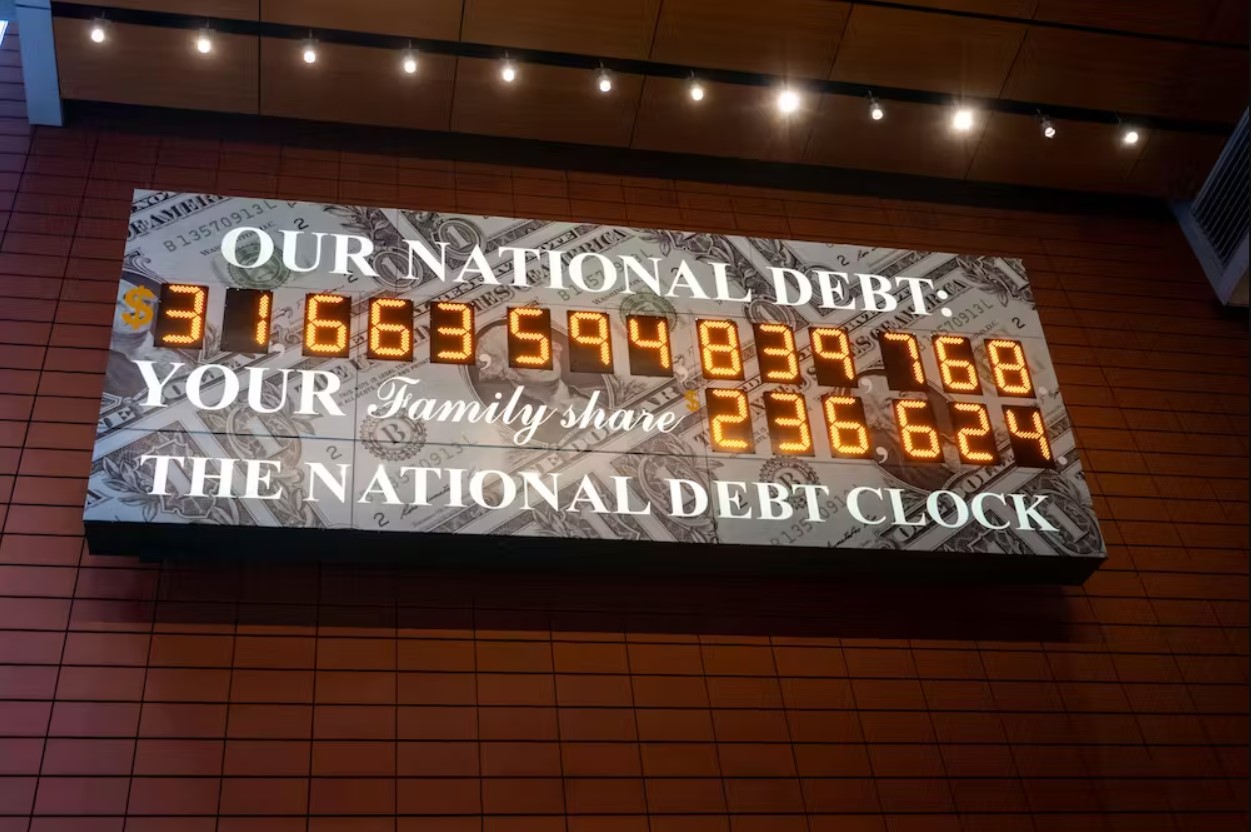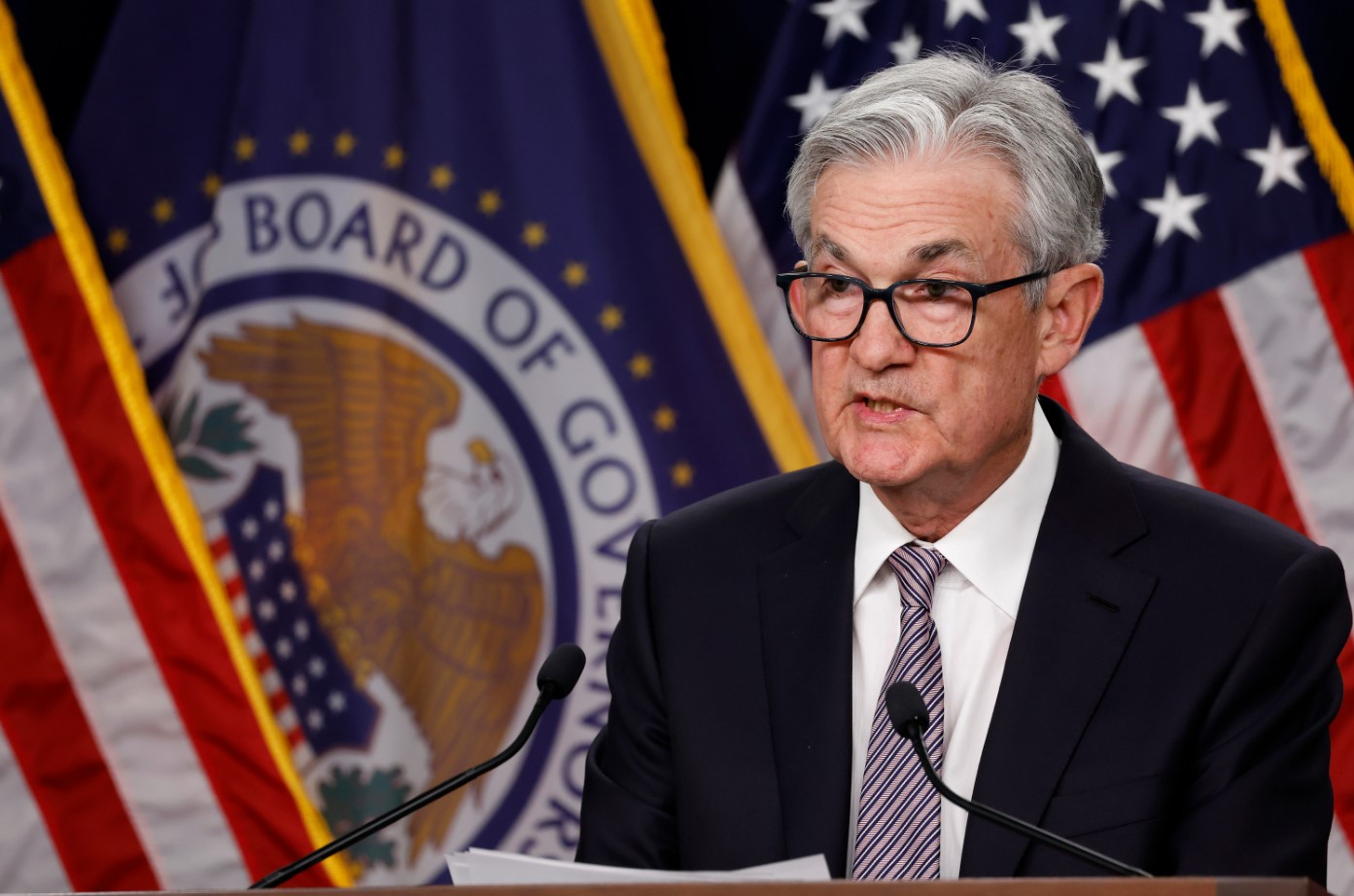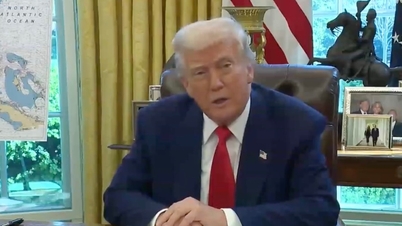On a wall in Manhattan, not far from Times Square, the U.S. national debt clock displays a figure of over $31 trillion, more than 10 times higher than the $3 trillion figure it was set at when it was installed in 1989.
After years of witnessing escalating public debt that, while not enough to trigger a recession , had largely forgotten about this clock, partly because it had been moved from a busy street corner to a quieter alleyway. Now, they are beginning to remember it again, as the numbers near their ceiling.
The debt ceiling is the amount of money that Congress allows the U.S. government to borrow to meet its basic obligations, from providing healthcare to paying military salaries. The current U.S. debt ceiling is $31.4 trillion (117% of GDP).
White House economists warned on May 3rd of “serious damage” to the U.S. economy in the event of a default. They cautioned that a prolonged default could lead to 8.3 million job losses and a 45% drop in the stock market.
Without an agreement between Congress and the White House, the federal government will lack the accounting tools to continue borrowing and could potentially begin defaulting as early as June 1, US Treasury Secretary Janet Yellen warned.

The U.S. national debt clock in Times Square, New York, in November 2022. Photo: The Conversation
Political deadlock
In a press conference following the announcement of a 0.25% interest rate hike on May 3rd, Fed Chairman Jerome Powell was asked what the Fed would do if the US defaulted on its debt.
Powell asserted that the U.S. government needs to pay its own debts; otherwise, the central bank can do little to prevent an economic recession.
A spokesperson for House Speaker Chad Gilmartin also stated: “There is no justifiable reason other than political negligence for the U.S. to default on its debt. There are plenty of revenues flowing in to pay the interest on those debts.”
According to the statement, the default only concerns federal loans, but administrative officials warn that missed payments to contractors, Social Security recipients, federal employees, and others also risk default.

U.S. Treasury Secretary Janet Yellen urged Congress to “protect the full confidence and credit of America by acting as soon as possible” to address the approaching $31.4 trillion debt ceiling. (Photo: Free Malaysia Today/AP)
At this point, the United States would face either a national default or drastic cuts in government spending. Either outcome would devastate global markets. A default would erode confidence in the world's most important financial system, while massive budget cuts could trigger a deep recession.
Even if the U.S. Congress raises the debt ceiling before anything serious happens, the current situation is a warning sign of America's declining financial health.
A bill proposed by Republican House Speaker Kevin McCarthy would push the ceiling to 2024, while cutting trillions of dollars in spending over the next decade and scrapping climate change mitigation plans.
The bill passed the Republican-controlled House of Representatives on April 27, but failed to pass the Democratic-controlled Senate. Both sides are at a political stalemate.
President Joe Biden has invited leaders from both parties to a meeting at the White House on May 9th to find a solution. However, he also hopes they will reach a "clean" bill (one without conditions) to raise the debt ceiling.
The Fed is in a difficult position.
Powell said the Fed would not participate in these negotiations. “We are not giving advice to either side. We just want to point out that this is an important issue that needs to be resolved.”
The Fed chairman also argued that not raising the debt ceiling would pose unprecedented risks and would have unpredictable consequences for the US economy.
However, “no one should think that the Fed can protect the economy, the financial system, and the reputation of the United States from the potential effects of a default,” Powell said after the Fed concluded its two-day policy meeting.
In fact, following the Silicon Valley bank failure on March 10th, the Fed took similar steps to what it might have done with U.S. defaulting debt, which is to accept securities that have depreciated in value as collateral for bank loans.

"The Federal Reserve cannot protect the U.S. economy from default," Fed Chairman Jerome Powell asserted. (Photo: NY Post)
This move broke with a long-standing central bank policy that collateral should only be accepted at lower values to mitigate moral and financial risks when providing such loans.
However, it also helps to mitigate potential financial instability based on the assumption that the U.S. government will eventually pay the full value of its bonds and treasury bills even if they trade below face value for a period of time.
Since taking office as Fed chairman in February 2018, Powell has repeatedly demonstrated a willingness to disregard established practices when he deems it necessary.
Faced with the risk of inflation surging in the US in 2020, Powell shifted the Fed's policy focus from prices to employment. However, this decision was controversial as inflation began to skyrocket in 2021.
To control the situation, he once again adjusted his policies, while also declaring that he was prepared to pay the price if unemployment increased.
This time, a potential default could present him with a difficult decision, even though his motto is "never say never . "
Source

























































































![[Photo Gallery] Dong Nai bursts with Christmas colors](https://vphoto.vietnam.vn/thumb/402x226/vietnam/resource/IMAGE/2025/12/23/1766504555135_2509973652807063001_2_20251223201437_20251223212305.jpeg)













Comment (0)